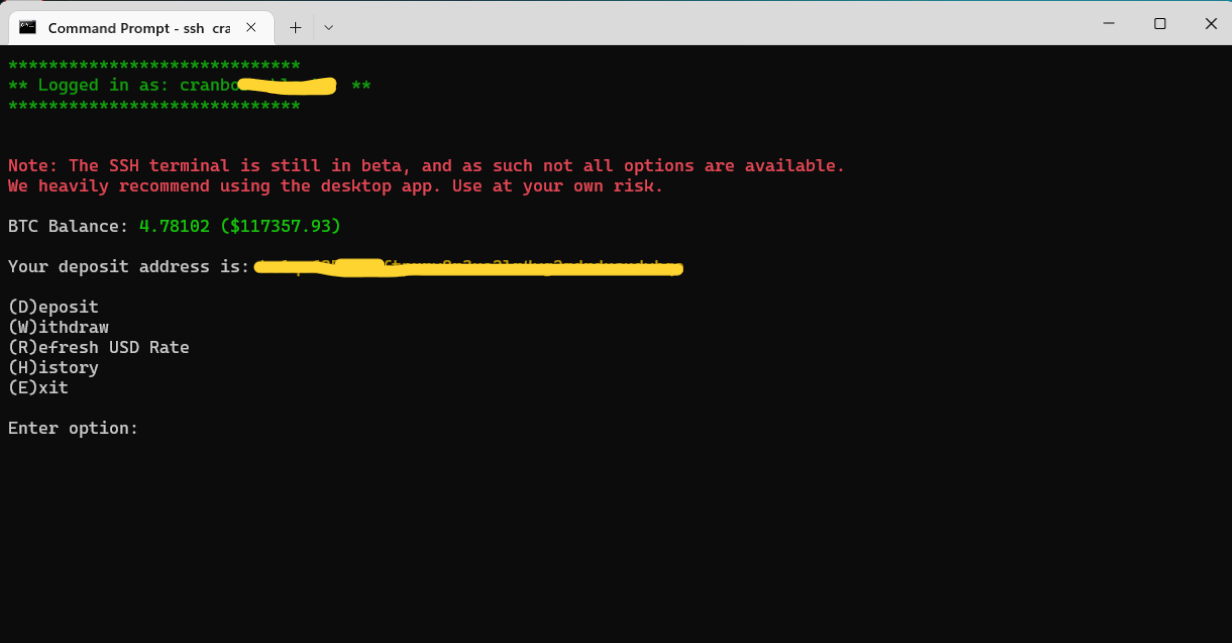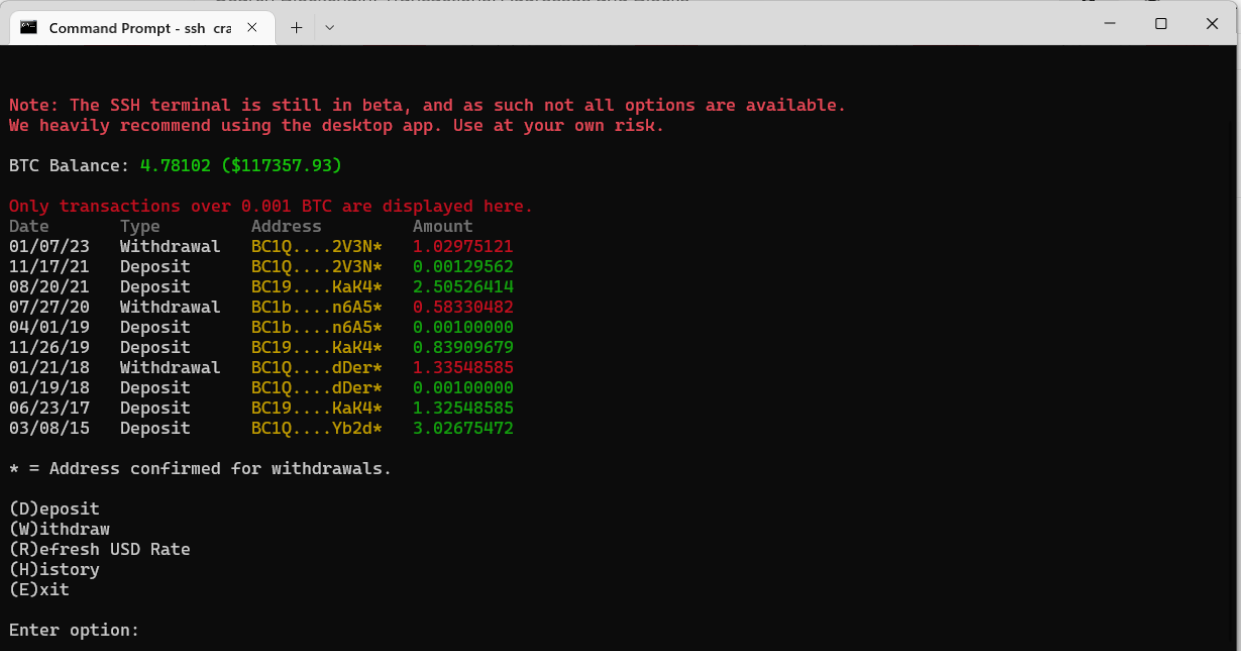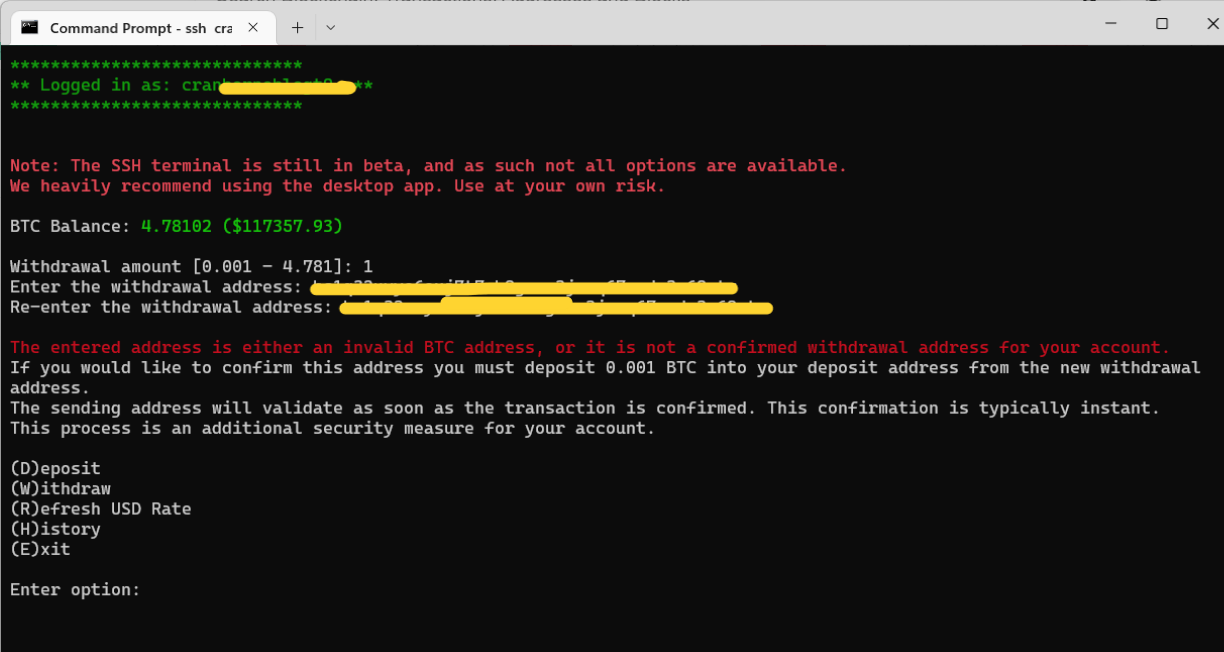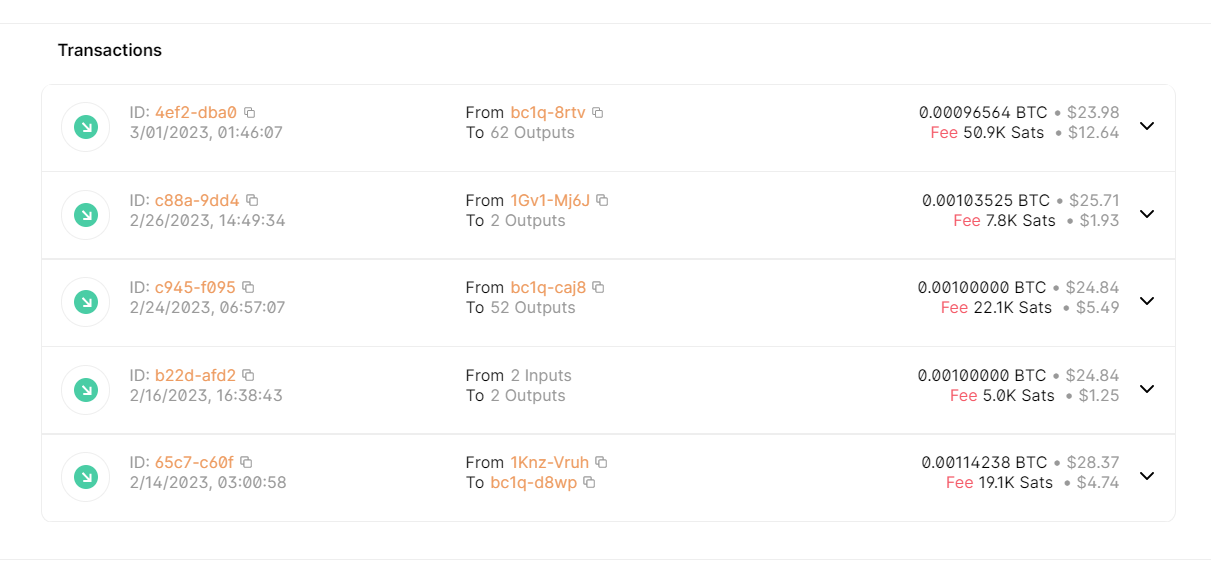Bitcoin trap uncovered!
Post on 16 Mar 2023 | 2 min read
As the popularity of cryptocurrencies like Bitcoin continues to grow, so too do the risks of falling victim to scams involving them. In this blog post, I'll show you how I was able to uncover the Bitcoin trap and protect myself from falling into it.
What is Bitcoin?
Bitcoin is a decentralized digital currency that was invented in 2008 by an unknown person or group of people using the pseudonym Satoshi Nakamoto. It is based on a peer-to-peer network that allows users to send and receive payments without the need for a central authority, such as a bank or government.
Let's begin with what I have found on Pastebin.
On a normal day as a hacker, I was exploring some random public bins on Pastebin. I came across one public bin that had a message that resembled an email body. It contained an SSH login credential and an IP.

Let's try to login using this credential. After logging in, I was very surprised to see that I've got access to a bitcoin wallet! and was showing BTC Balance as 4.78102 (that's frikin $117k USD). I thought it was a great day of my life and felt lucky about myself until I uncovered the trap.

The interface looked somewhat professional. There were options such as Deposit, "Withdraw, "Refresh USD rate, History," and "Exit.
After logging in, the first thing I looked at was 'History'! Of course, I wanted to see the last transactions. The transactions listed contained the date, type of transaction, BTC address, and transaction amount.


Then, I started developing suspicions about it. So, I grabbed the deposit address from the main menu and went straight to https://www.blockchain.com/explorer/addresses/btc/"BTC_ADDRESS" to verify the BTC address. BOOM!, the blockchain was showing the balance amount as $ 127. But the SSH session was showing $ 117k. How is it possible? Well, beacause the scammer has set up a honeypot
What is Honeyport?
In the context of cybersecurity, a honeypot is a decoy system designed to attract and detect hackers or other malicious actors. It is typically a computer or network that appears to contain sensitive data or valuable resources, but in reality, it is designed to be hacked or compromised.

At that point, I was totally able to uncover the Bitcoin wallet trap. Unfortunately, to this day, users are getting fooled by this trap and, in order to withdraw the amount to their wallets, they are transferring 0.001 BTC to the scammer's address. The last transaction was on March 1, 2023.

In this way, I was able to uncover the trap and successfully protect myself from falling into it.
Conclusion
Cryptocurrencies can be both exciting and risky. While some people have made substantial profits through investing in cryptocurrencies, others have fallen into what is known as the "cryptocurrency trap." It’s hard to imagine today that these scams and traps are increasing rapidly. People who don't understand the technology behind cryptocurrencies can easily fall into the trap. We must verify the BTC address before sending money into it. I understood that there are different ways attackers can scam users into falling into their traps, and users are still not aware of them. It is very necessary to educate ourselves about new technologies, cyber attacks, and especially phishing attacks. We must be very careful while exploring different things online. Never click on any suspicious link, and ignore these things when you come across them. This is how we can protect ourselves in the digital age.
Share this post with your friends and colleagues to create awareness and protect yourself in the future
Back to Home
